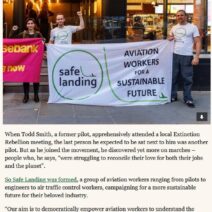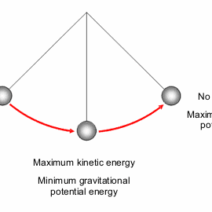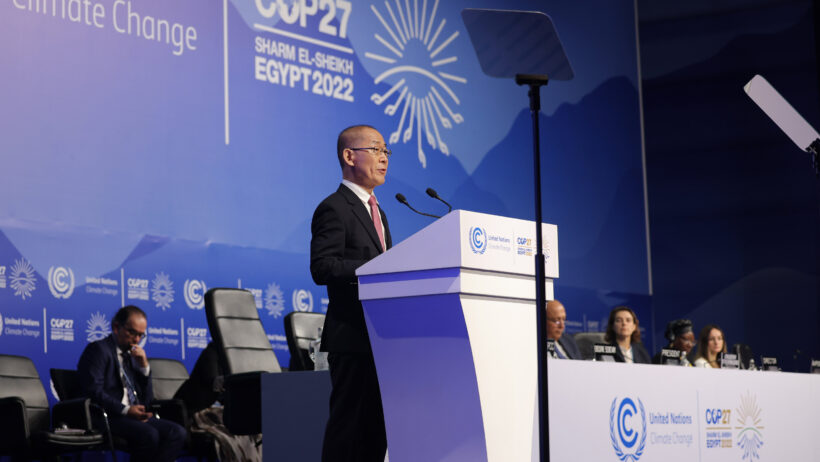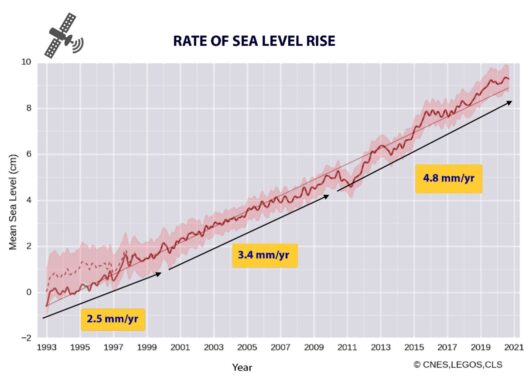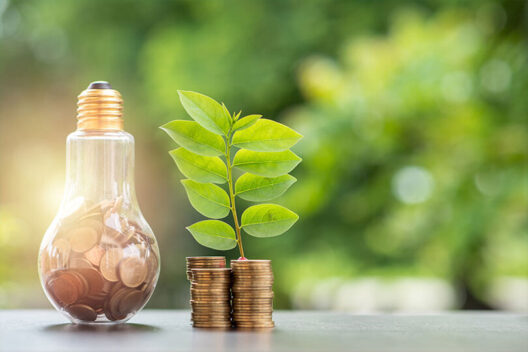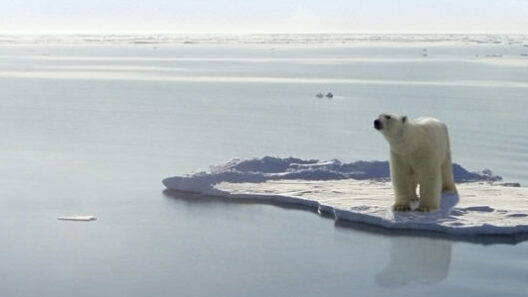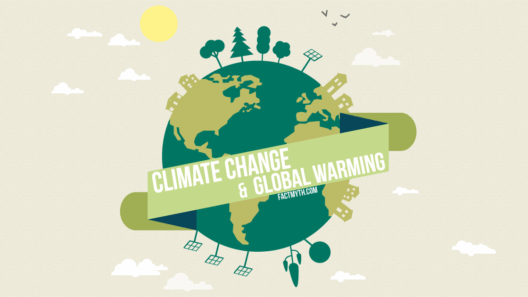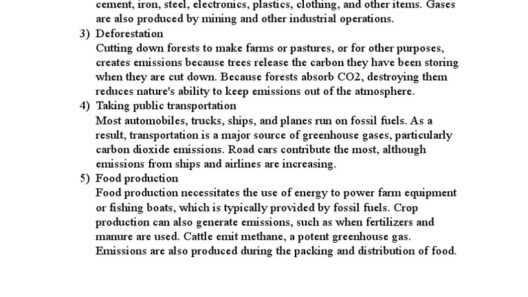Global warming, a phenomenon we can no longer ignore, casts a long, ominous shadow over our future. The question that lingers, often whispered in hushed tones, is this: When is global warming going to kill us? As we inch closer to critical thresholds, understanding the long-term risks of our warming planet is paramount. This exploration will not only delve into the stark realities but will also unveil the profound intricacies of climate change, evoking a sense of urgency that we must all heed.
We find ourselves standing at the precipice of a new era, where the boundaries of the natural world are being redrawn. It is a world where the climate, much like a theater of chaos, performs its macabre ballet, driven by the relentless tempo of human activity. The effect of such perturbations on our ecosystems, societies, and ultimately our existence is profound.
The Ailing Planet: Signs of Distress
The Earth is exhibiting symptoms of a fever, and this fever is the result of greenhouse gas emissions that trap heat within our atmosphere. The ramifications are severe. Glaciers, which have stood watch over the ages, are melting into oblivion. As they do, they raise sea levels and swallow coastal cities, transforming vibrant metropolises into ghostly ruins. In addition, strange weather patterns, once routine, now swing erratically from destructive floods to terrifying droughts, leaving humanity gasping for air amidst chaos.
Coral reefs, the rainforests of the oceans, are bleached and dying. This intricate ecosystem, teeming with life, is a vital part of our planet’s health, supporting fisheries and protecting shorelines. As these underwater gardens fade, we not only lose biodiversity but also the livelihoods of millions who depend on them. The tides of change wash away our past, leaving in their wake an uncertain future.
Population Displacement: The Climate Refugees
The displacement of human populations due to climate change is an emerging crisis that cannot be underestimated. When the earth rebels against us, millions will be forced to migrate, becoming climate refugees in search of habitable land. This migration brings with it the specter of conflict and humanitarian crises, where resources become scarce and tensions run high. As borders close and nations harden, the question arises: Who, then, will take responsibility for those displaced by our collective actions?
The seeds of discord sown by climate change may sprout into turbulent storms, as nations find themselves grappling with the fallout of environmental failure. Water wars, food shortages, and refugee crises will create a perfect storm where existing social inequalities are exacerbated, and the most vulnerable will suffer the most. The human cost, measured not only in lives but in lost potential, will be indescribable.
Economic Cataclysms: A Downward Spiral
Furthermore, the economic ramifications of climate change are inextricably linked to this global dilemma. The cost of inaction is staggering, correlated directly to the degradation of natural resources and infrastructure. When natural disasters strike, they create not only immediate devastation but cascading effects that cripple economies. It is no exaggeration to say that the financial toll of climate change can plunge nations into poverty and despair.
Insurance companies, once the bastion of financial security, now tremble at the uncertainty that climate change brings. As the frequency and intensity of climate-related disasters increase, underwriting risks become exponentially higher. This, in turn, drives up costs for consumers and can lead to an economic paralysis, where desperation breeds further instability.
Ecological Collapse: A Fragile Web
The interconnected web of life on this planet is incredibly fragile, teetering on the edge of collapse. Ecosystems, once resilient, are now succumbing to the stressors imparted by a warming climate. Biodiversity loss is at an all-time high, and with it comes the erosion of crucial services that nature provides—clean air, fresh water, and fertile soil. These services are the lifeblood of our existence, yet they are being depleted at an alarming rate.
As species vanish, the delicate balance of ecosystems is disrupted. We risk entering a world where pollinators, such as bees, steadily decline, leading to catastrophic implications for global food production. The intricate dance of predator and prey, the symbiotic relationships that have sustained life for millennia, could unravel, leading us into an ecological dark age.
The Time of Reckoning: A Call to Action
As we explore the daunting landscape of global warming, it becomes evident that the alarm bells have already rung. The critical thresholds of warming by the early 2030s challenge the very fabric of our world. Yet, with every crisis comes the opportunity for transformative change. Humanity stands at a crossroads—one path leads to oblivion, while the other, if taken with resolve, can cultivate a sustainable future.
Collective action, innovative solutions, and a profound commitment to environmental stewardship can illuminate this path. It is imperative that we harness our collective ingenuity to reimagine our relationship with the planet. From renewable energy technologies to sustainable agricultural practices, the potential to mitigate the long-term risks of global warming is within our grasp.
In conclusion, the question of when global warming will kill us is not merely a matter of time; it is a pressing calls to action. The future of life on this planet hangs in the balance, precariously woven into the choices we make today. The clock is ticking, and only through concerted efforts can we reverse the course set by centuries of exploitation and negligence. A sustainable legacy must become not just an aspiration but our overriding responsibility—a promise to ourselves and generations yet unborn.
